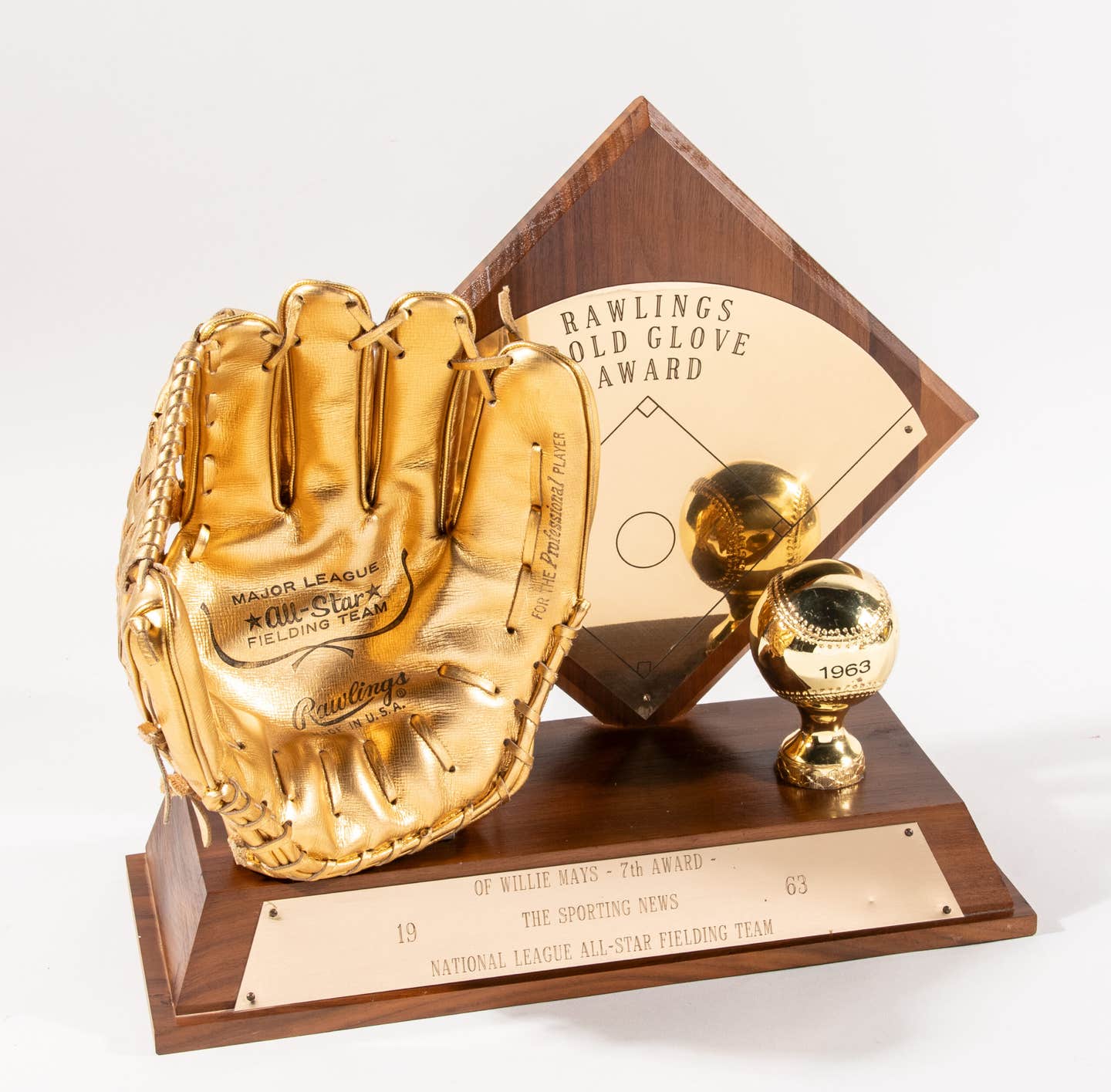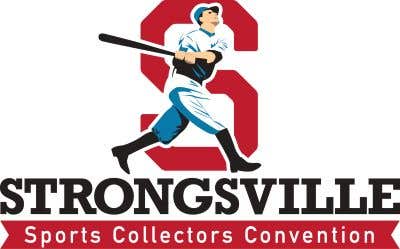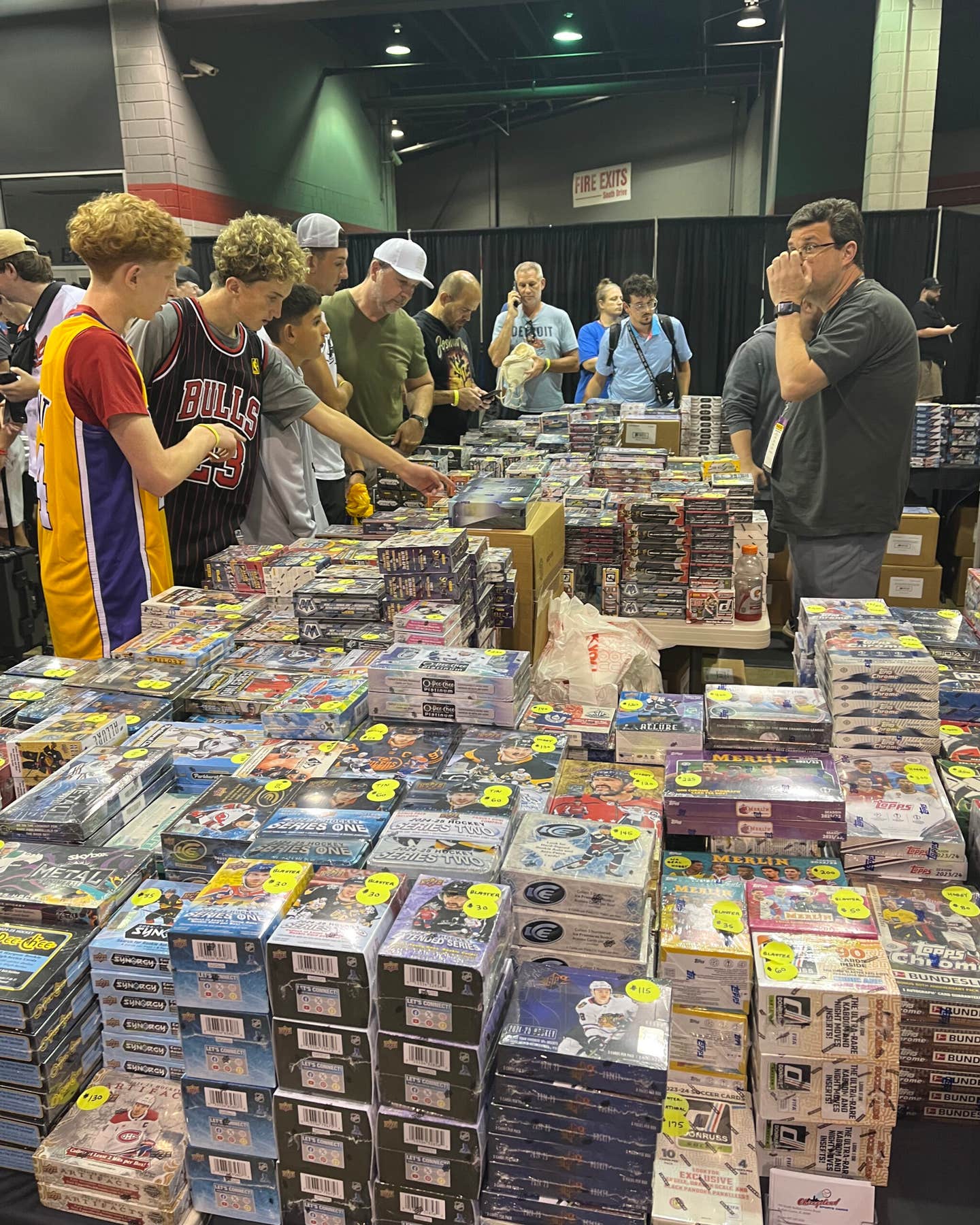Mickey-Mantle
Love for baseball has led Bob Costas to the Baseball Hall of Fame
By Paul Post
Bob Costas might have the most famous Mickey Mantle card on the planet, even if it’s not the most valuable.
Whether he’s wearing a tuxedo or jeans and a T-shirt, he carries it with him wherever he goes on sports broadcasting assignments around the world.
“People still ask me, ‘Do you still have the Mickey Mantle card?’” said Costas, the latest recipient of the Baseball Hall of Fame’s Ford Frick Award for broadcasting excellence. He’ll take his place among baseball’s masters of the airwaves on Saturday, July 28 in Cooperstown, a day before players are inducted to the shrine.
The 1958 Topps Mantle card, No. 487, is the first one he remembers getting as a young Baby Boomer kid growing up on Long Island. It’s a special Sport Magazine All Star Selection card that shows Mantle swinging a bat against a red background highlighted by dozens of small white stars.
“The Yankees were the Yankees and Mantle was their greatest player,” Costas said. “There was just one team in New York because the Giants and Dodgers had just left.”
The thing he remembers most about buying cards is that there always seemed to be 10 of Hector Lopez, a Yankees utility player, for every one of Mantle or Willie Mays.
“You’d put one of the extras, of lesser-known players, in the spokes of your bike, which made a loud noise” Costas recalled. “The Mantles, Mayses and Whitey Fords, they were cherished and kept in a special place. I kept them in a shoe box.”
However, his collection met the same fate as that of many young people’s his age. When he went off to college, Costas said his mom tossed most of his cards during a spring cleaning binge. The ’58 Mantle, however, “survived the purge,” he said, laughing.
“It seemed like a sacrilege to throw it away, so I kept it in with my credit cards in my wallet,” he said.
At dinner one night, Costas reached for his credit card when Tony Kubek, his former NBC Game of the Week broadcast partner, and Mantle’s Yankees teammate, saw the “The Mick’s” baseball card and asked about it.
That led to a small story in Sports Illustrated and from there, Costas’s secret went viral. “Someone asked me about it just two nights ago on a plane,” he said.
As a well-known broadcaster, Costas got to know Mantle quite closely, which helped him see a side of the Yankees Hall of Famer that many people didn’t know about.
“He knew about the card,” Costas said. “Mickey was very funny. He liked to laugh. One time, he was sitting with me and Billy Crystal who also grew up on Long Island and was a huge Mantle fan.”
Costas and Crystal regaled Mantle with their favorite memories of him as a slugger and three-time Most Valuable Player. Suddenly, Mantle stopped them and said, “You know I can’t remember half this stuff and I did it. You two little squirts remember all of it.”
For perhaps the first time in his life, Mantle put a name and face with two people who truly admired his prowess on the diamond, a totally difference experience from simply waving to large crowds of adoring, anonymous fans.
“I think it helped him to better understand the faceless people who grew up as Mickey Mantle fans,” Costas said. “He understood better the time and place and the effect he had on so many people’s childhood. I think it drove that home for him.”
Costas’s love affair with baseball started out in his family’s driveway, where he’d sit listening to ballgames on his father’s car radio, called by New York broadcast legends Red Barber, Mel Allen and Russ Hodges.
“I did that because the reception was better,” he said.
Radio fueled his imagination in ways television never could.
He could also pick up out-of-town games from Pittsburgh, Detroit and St. Louis to hear the likes of Bob Prince, Ernie Harwell, Harry Caray and Jack Buck. Later, after moving to Los Angeles, Costas was among the legions of fans who tuned their transistor radios to hear Dodgers broadcaster Vin Scully, whom he considers the industry “gold standard.”
Now, Costas is about to take his rightful place among these and many other Ford Frick Award recipients.
“Baseball’s always been my favorite,” he said. “It allows you to talk about the game’s history, tell anecdotes and banter with your partners more than other sports.”
However, broadcasting and baseball itself aren’t the same as when he started doing NBC’s Game of the Week in the mid-1980s. Graphics, video challenges and special effects such as K-Zone, which shows the location of balls and strikes, have altered viewers’ perception and forced broadcasters to alter their styles accordingly.
“They can be helpful, but those things can also get in the way,” Costas said. “There’s less space to tell a tale, to spin a yarn. With two outs, can I get this story in or am I going to be interrupted by a replay? You can’t tell three or four stories per game any more. You might make four or five observations.”
He’s covered many of the game’s most exciting moments. In 1986, he was in the Red Sox clubhouse at Shea Stadium, expecting to interview jubilant players when Mookie Wilson’s ground ball went through Bill Buckner’s legs, arguably the most dramatic ending ever recorded in a Fall Classic game.
Two years later, he was in the Dodgers dugout when Kirk Gibson limped to home plate and then around the bases, after blasting a pinch-hit, walk-off home run to win World Series Game 1.
“As soon as he left the field he was brought over to me,” Costas said. “Being part of that immediate aftermath was very memorable.”
His most memorable regular season contest was the “Sandberg Game” between the Cardinals and Cubs at Wrigley Field on June 23, 1984.
Ryne Sandberg, the Cubs’ second baseman, hit two late-inning homers off Hall of Fame reliever Bruce Sutter to give Chicago a dramatic 12-11 victory over the Cards.
The nationally televised game brought Sandberg to the forefront as an MVP candidate, and he wound up winning the award by leading the Cubs to an NL East Division title. The movie “The Natural,” starring Robert Redford, had come out that summer and Costas couldn’t help drawing parallels between Roy Hobbs, the film’s mythical hero, and Sandberg, for his almost equally unbelievable home runs.
Costas has worked numerous All-Star, playoff and World Series games. To be considered for the Frick award, an active or retired broadcaster must have a minimum of 10 years of continuous major league broadcast service with a ball club, network, or a combination of the two.
“For almost 40 years, Bob Costas has presented an incredibly thoughtful and informed voice on every game he calls for NBC, The Baseball Network and MLB Network,” said Jeff Idelson, National Baseball Hall of Fame and Museum president. “But it’s Bob’s pure affection for baseball that has made him a national treasure. From the first day he entered our living rooms, Bob became one of the National Pastime’s greatest friends.”
Costas doesn’t do as many broadcasts these days, but said, “Baseball keeps giving to me.”
During one 2017 game, for example, American League MVP Jose Altuve hit three home runs, giving Costas another great addition to his memory banks.
He hasn’t decided on the specific words yet, but his induction speech this summer will include something about falling in love with the game, the thrill of hearing broadcast greats bring baseball to life on the airwaves, and the many close friends he’s made and worked with along the way.
“And what the game has meant to me,” Costas said. “I started out just wanting to be a good announcer, good enough to do baseball. I never imagined the Hall of Fame.” u
Paul Post is a freelance contributor to Sports Collectors Digest. He can be reached at paulpost@nycap.rr.com.








